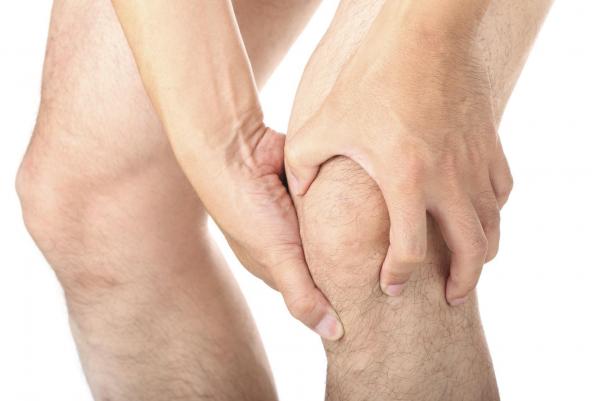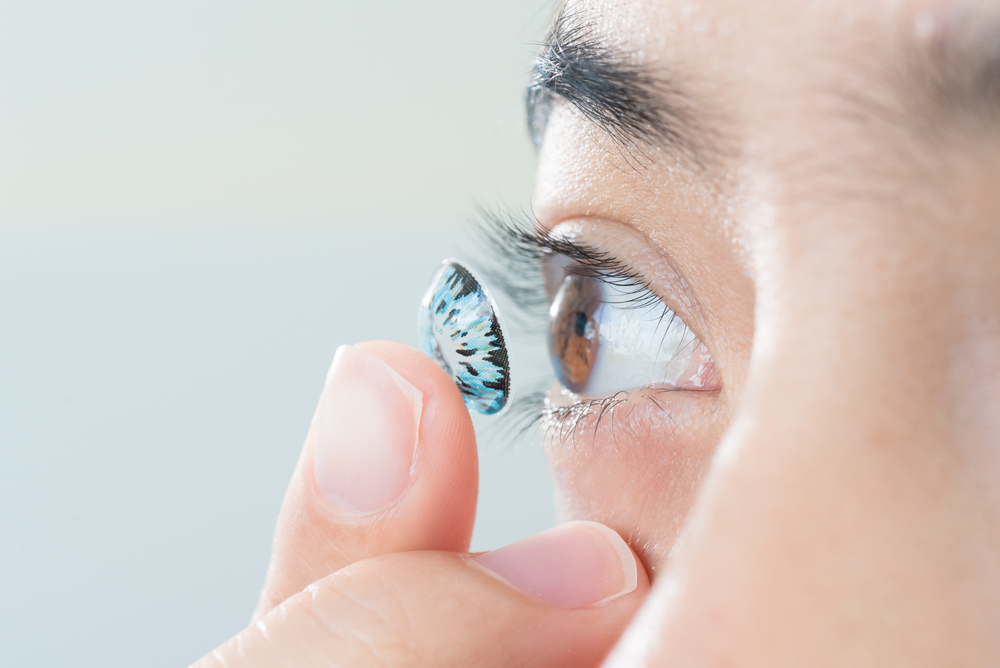Contents:
- Medical Video: What are the treatments for rheumatoid arthritis?
- Can rheumatism be cured?
- Various ways to treat rheumatism in a doctor
- 1. Rheumatoid medicine
- 2. Physical therapy
- 3. Operation
Medical Video: What are the treatments for rheumatoid arthritis?
Rheumatism or also called rheumatoid arthritis is an autoimmune disease that occurs when the body's immune system returns to attack healthy joints. As a result, the joints become painful, swollen, and stiff. There are various ways to treat rheumatism in a doctor, which is usually used as an option to control symptoms.
Can rheumatism be cured?
Until now no panacea has been found that can cure rheumatism in total. However, the treatment carried out is able to overcome things such as:
- Reducing long-term symptoms and complications, such as pain and swelling of the joints.
- Helps relieve inflammation in the joints.
- Minimizing damage to joints and organs.
- Improve the function of joint motion, which will have an impact on improving the quality of life.
Various ways to treat rheumatism in a doctor
There are many alternative treatments that are claimed to be able to treat the symptoms of rheumatism naturally. However, the effectiveness of supplements and herbal medicines for rheumatism has not been medically proven. Drugs, physical therapy, and surgery are ways that have been proven effective for treating rheumatism.
Treatment of rheumatism will be easier if the condition is not severe or widespread.
1. Rheumatoid medicine
The first way to treat rheumatism is by taking drugs. The type of medication recommended by a doctor depends on the severity of the symptoms and how long you have suffered from this disease. The types of drugs prescribed include:
- NSAID pain reliever (nonsteroidal anti-inflammatory drugs), as ibuprofen or naproxen to reduce pain and reduce inflammation due to rheumatism. Stronger NSAIDs are also available by prescription from a doctor. This drug has the risk of side effects, namely ringing in the ears, irritation of the stomach, heart problems, and damage to the liver and kidneys.
- Steroids. Corticosteroid drugs such as prednisone can reduce inflammation and pain and slow joint damage. The side effects of steroid drugs are at risk for bone thinning, weight gain, and diabetes. Doctors generally prescribe this medication to relieve symptoms of acute rheumatism.
- Disease-modifying antirheumatic drugs (DMARD). This drug can slow the progression of rheumatic diseases and help save joints and other tissues from permanent damage. Common DMARDs include methotrexate (Trexall, Otrexup, Rasuvo), leflunomide (Arava), hydroxychloroquine (Plaquenil), and sulfasalazine (Azulfidine). Side effects include liver damage, disorders of the bone marrow, and lung infections.
- Biologic agents, also known as biological response modifying drugs or biological DMRAD. This procedure uses genetically engineered proteins derived from human genes. This method has been shown to help slow the progression of rheumatoid arthritis when other treatments fail. Abatacept (Orencia), adalimumab (Humira), anakinra (Kineret), certolizumab (Cimzia), etanercept (Enbrel), golimumab (Simponi), infliximab (Remicade), rituximab Rituxan), tocilizumab (Actemra) and tofacitinib (Xeljanz), including into this type of drug. This type of drug is most effective when paired with nonbiological DMRAD such as methotrexate. How it works by targeting parts of the immune system that trigger inflammation in joints and other tissues. However, this type of drug can also increase the risk of infection.
2. Physical therapy
Physical therapy can be one of the right methods of treatment. Through therapy, you will be taught training to keep your joints flexible. Usually, the therapist will also advise you to do everyday tasks that are light enough to help relax your stiff joints. In addition, the therapist will also advise you to do light exercise.
3. Operation
If drugs and physical therapy fail to prevent or slow joint damage, chances are that the doctor will recommend surgery as a way to treat rheumatism. Surgery is intended to repair damaged joints so that you can return to using painful joints as usual. This procedure is also able to reduce pain and correct deformities in certain parts of the body such as curved fingers caused by inflammation.
Surgery for arthritis in rheumatism usually involves more than one procedure. The surgical procedure that is usually done is:
- Synovectomy. Surgery to damage the inflamed synovium (joint layer). This procedure can be performed on the knees, elbows, wrists, fingers and hips.
- Repair of tendons. Inflammation and joint damage can cause tendons around broken joints or sagging. Through this procedure the doctor will repair the tendons that have damaged around your joints.
- Total joint replacement. This procedure is done to remove the damaged part of the joint and replace it with a prosthesis made of metal and plastic.
- Joint merging. This procedure is done to relieve pain and stabilize the damaged joint again. This method is done if total joint replacement is not possible.
How to treat rheumatism either through drug consumption or surgery all have their own risks that can affect your body. Consult with a specialist to determine the best treatment for your condition.












